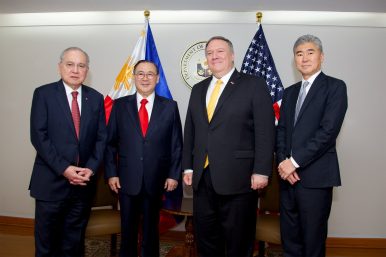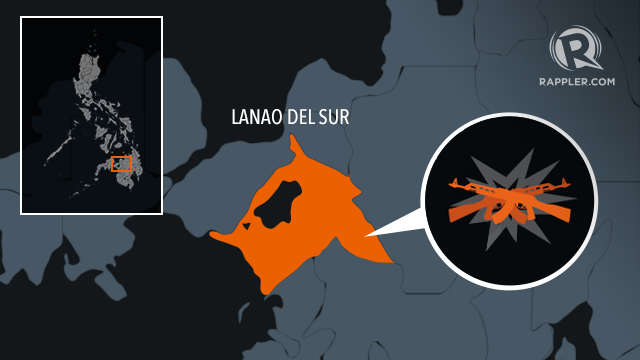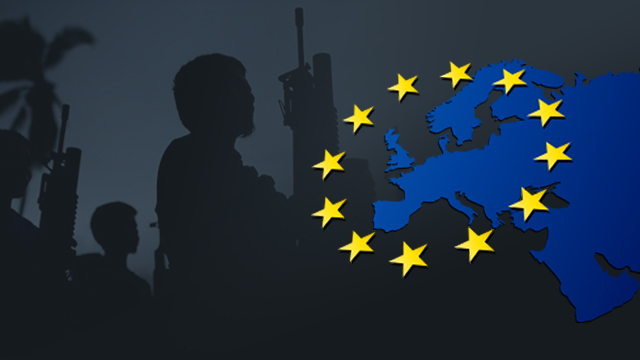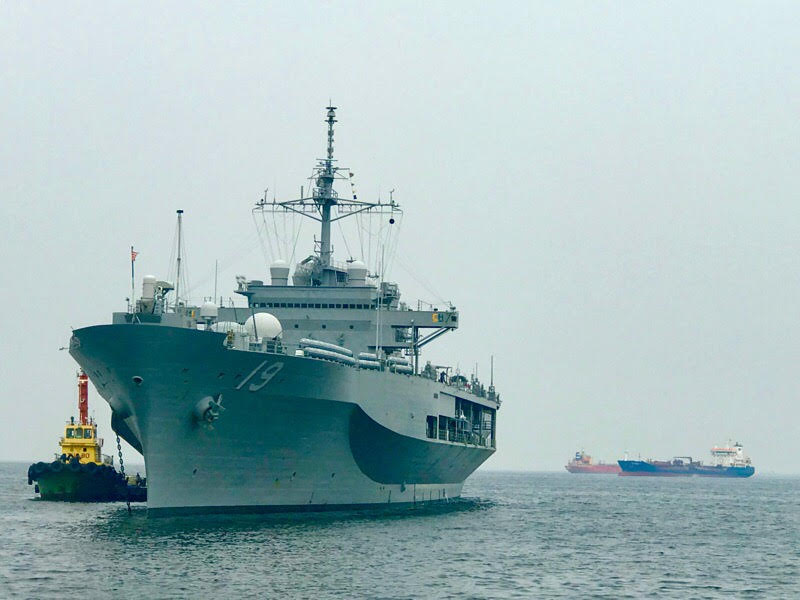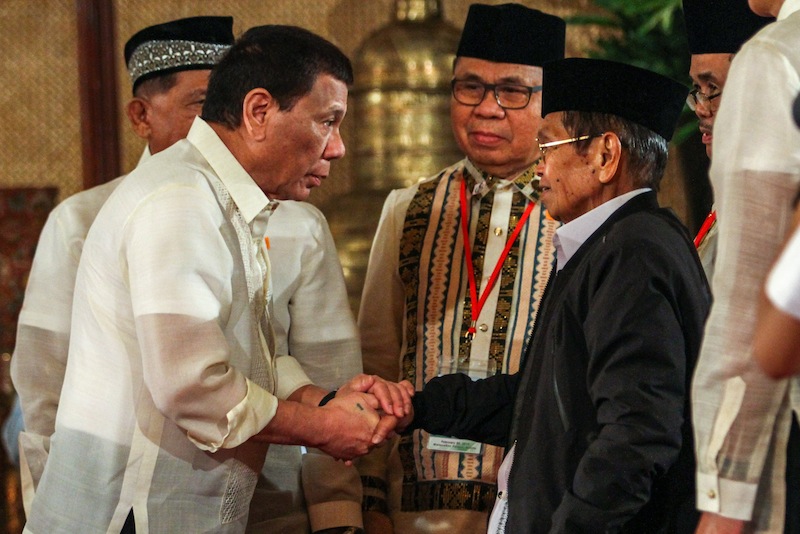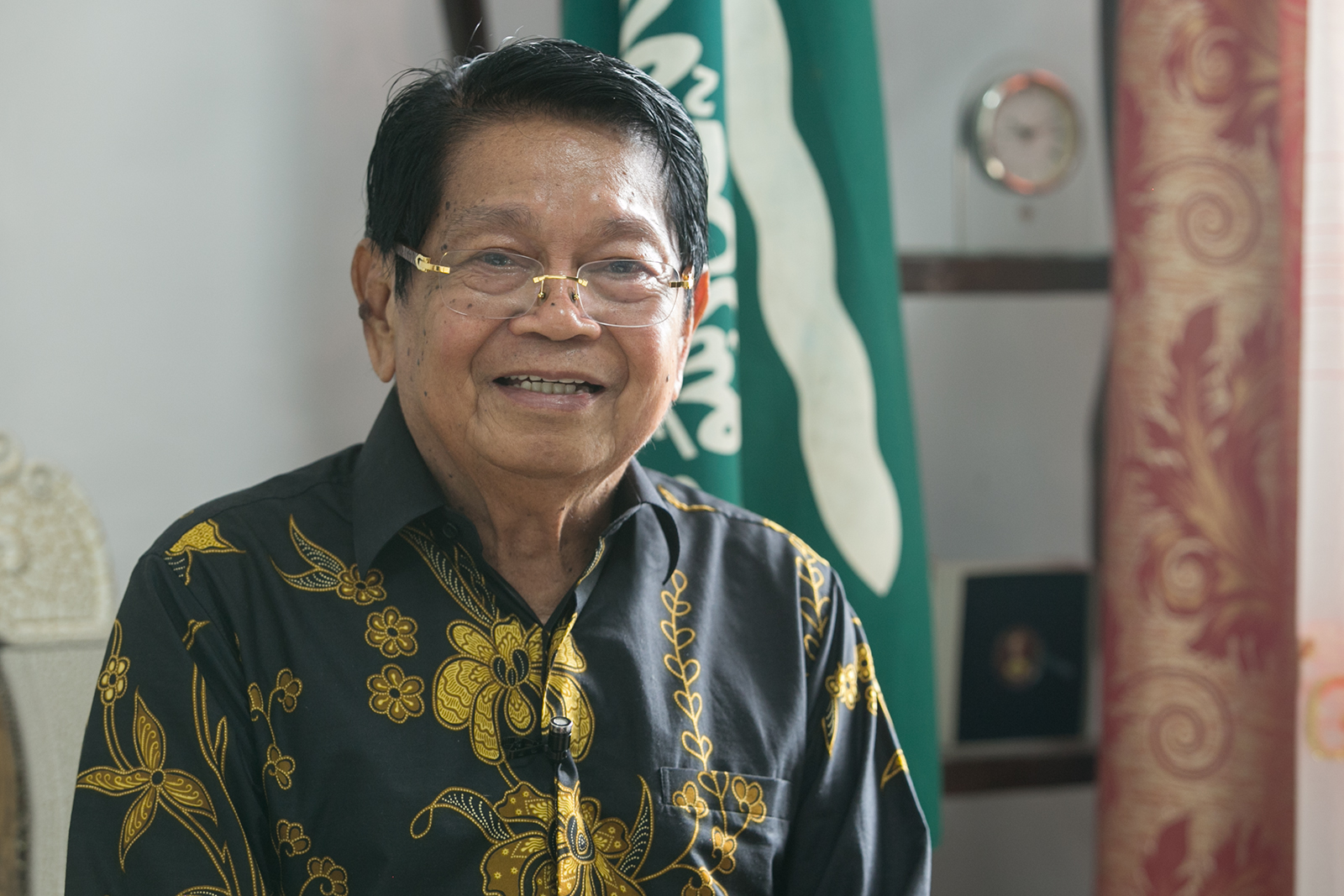From Just Security (Mar 11, 2019):
The US-Philippines Defense Treaty and the Pompeo Doctrine on South China Sea (By
Mark Nevitt)
In his recent trip to Asia, Secretary of State Mike Pompeo reinforced the United States’ alliance with the Philippines,
stating, “[a]s the South China Sea is part of the Pacific, any armed attack on Philippine forces, aircraft or public vessels in the South China Sea would trigger mutual defense obligations under Article IV of our Mutual Defense Treaty.” Secretary Pompeo was clearly referencing key terms of the 68-year old
U.S.-Philippines Mutual Defense Treaty. Specifically, he clarified that the United States considers the geographic scope of the treaty obligations to encompass activities in the South China Sea, while reinforcing the U.S.’s commitment to the treaty’s collective self-defense provisions. In the current geopolitical context, however, it’s no longer clear whether the Philippines sees this as a reassuring clarification of the robust scope of iron-clad obligations or an unwanted irritant vis-à-vis their neighbor China. In what follows, I unpack the Mutual Defense Treaty’s key terms and place it in context with current U.S.-Philippine relations and
rising tensions in the South China Sea.
The 1951 U.S.-Philippines Mutual Defense Treaty’s Key Terms
The U.S.-Philippine Mutual Defense Treaty is fairly
short (just one page) with eight succinct Articles. It has served as the cornerstone of U.S.-Philippine relations since 1951, facilitating a U.S. military presence in the Philippines throughout the Cold War and beyond while allowing the Philippines to concentrate on internal security matters following its 1946 independence.
Articles IV and V provide the treaty’s most important commitments, but many of its key terms are undefined. Article IV
states,
Each Party recognizes that an armed attack in the Pacific area on either of the Parties would be dangerous to its own peace and safety and declares that it would act to meet the common dangers in accordance with its constitutional processes.
Further, the treaty
provides that any armed attack and all measures taken in response shall be immediately reported to the Security Council.
Article V of the treaty should be read in conjunction with Article IV. It
states:
For purposes of Article IV, an armed attack on either of the Parties is deemed to include an armed attack on the metropolitan territory of either of the Parties, or on the island territories under its jurisdiction in the Pacific or on its armed forces, public vessels or aircraft in the Pacific.
Two fundamental questions arise from the treaty’s text that are particularly relevant to understanding the treaty’s applicability to disputed territory in the South China Sea.
“Armed Attack”
First, what exactly, qualifies as an armed attack within the meaning of the treaty? This key term, mirrored in
Article 51 of the U.N. Charter, the NATO Treaty, and other defense agreements, is not specifically defined in the U.S.-Philippines Mutual Defense Treaty. Its precise definition remains unclear and subject to varying interpretations under
international law, too. To trigger the treaty’s collective self-defense provisions, an armed attack must first occur. Although a majority of states believe an armed attack is a use of force that passes a gravity threshold due to its scale and effects, the United States has historically interpreted “armed attack” to include any
illegal use of force by another State. This means a lower threshold for the invocation of self-defense, which could have implications in tense regions like the South China Sea.
That said, an added complication here is that the Philippines, like most of the world, may hold the standard view that an “armed attack” requires a certain threshold. So, what to make of the term in a bilateral defense treaty in which the two sides might have a very different concept in mind? While the precise answer to this question remains unclear, the U.S. Navy’s Pacific Fleet does sponsor an annual maritime exercise between the U.S., Philippines, and other Asian navies. The multinational
Cooperation Afloat Readiness and Training (CARAT) exercise builds cooperation between the navies and works through a multitude of issues —to include legal issues—arising in an increasingly complex maritime environment. It is likely that any “daylight” in applying differing armed attack, rules of engagement, or use of force standards between the navies would be worked though in this annual exercise, or through other forms of bilateral communication, prior to any real-world engagement.
In the South China Sea and nearby waters, we have witnessed an uptick in maritime “gray zone tactics” to include
dangerous maneuvers by Chinese vessels, use of
water cannons by Chinese coastguard vessels, and Chinese
harassment of Philippines fishermen near an island controlled by the Philippines that China claims. While these actions are unlikely to rise to the armed attack threshold (however defined), there exists a continual and mounting risk that mistakes could occur or a situation could escalate.
Of course it is in the interest of all parties to de-escalate tense situations whenever possible And any use of force would be legally
constrained by governing self-defense principles of (1) necessity—states must use force only as a last resort; and (2)
proportionality—states must limit the magnitude, scope, and duration of any use of force to that level of force which is reasonably necessary to counter a threat or attack. Further, by the treaty’s own terms, each nation’s response is subject to its own internal “constitutional processes.” This should partially mitigate concerns of an automatic and unwanted involvement in hostilities.
“In the Pacific Area”
Second, what is the precise geographic scope of treaty’s term “in the Pacific area”? This term is also undefined in the treaty’s text. The Mutual Defense Treaty’s geographic scope is a surprisingly hard—albeit fundamental— question: the Pacific Ocean lies to the east of the Philippines while the South China Sea lies to the west. Are both considered part of the “Pacific area” for purposes of the treaty? Secretary Pompeo’s recent
statement appears to clarify that in the U.S. view the answer is yes – the treaty applies to activities in the South China Sea, which include its contested rocks, islands, and low-tide elevations, and not just to the Pacific Ocean east of the Philippines.
Recall that for several years China and the Philippines were locked in litigation before the South China Sea Permanent Court of Arbitration
(PCA). The PCA’s 2016 ruling was a resounding legal defeat for China’s vast legal claims in the South China Sea. While the Philippines won the legal battle, China has effectively ignored the PCA’s ruling and has continued its
buildup in the South China Sea apace, amassing large military facilities on disputed territory. In referencing the U.S. commitment to interpret “in the Pacific” to include the South China Sea, Secretary Pompeo is clarifying that the U.S. is committed to uphold historic Mutual Defense Treaty obligations in the South China Sea.
A New Approach from the Philippines?
The U.S. and Philippines share a remarkably long (and complicated) history, dating to the 1898 Spanish-American War when the Philippines became
a U.S. territory. The U.S. military’s large footprint in the Philippines ended in 1992 when the Philippine Senate voted to end existing U.S. military lease agreements, effectively ending a 100-year U.S. military presence in the Philippines. Nevertheless, the U.S. and Philippine militaries continued to work together as evidenced by the 1999
Visiting Forces Agreement and a 2014
Enhanced Defense Cooperation Agreement that allowed U.S. military access to several military bases on a rotational basis. But China’s flaunting of the PCA’s South China Sea ruling and the U.S. determination to uphold freedom of navigation principles in the area are challenging this historic relationship in new and profound ways.
Indeed, many Philippine leaders appear to be wary of the increased saber rattling between the United States and China. Unlike his predecessors, Philippine President Duterte has adopted a more
conciliatory approach to China. Previous Philippine leaders sought an
expansive view of the Mutual Defense Treaty and
assurances that the U.S. would apply the treaty to disputed Philippine territories—but that logic may be shifting. Just this week, the top Philippine defense official, Delfin Lorenzana, stated that the Philippines’ government
should review the terms of the 1951 treaty. He expressed concern that the frequent passage of vessels in nearby waters is likely to involve the Philippines in a “shooting war.” Yet as discussed, the treaty’s reliance on each nation’s “constitutional processes” should alleviate some of the concerns that the Philippines, or the U.S., would automatically be drawn into an unwanted conflict.
Where Do We Go From Here?
While the Philippines “won” the PCA litigation, international enforcement of the tribunal’s decision has failed. As I have
argued before, international law and freedom of navigation norms are slowly eroding in the South China Sea, giving way to the law of raw power and control.
While Secretary Pompeo’s statement may have sought to reassure the Philippines in the face of growing Chinese assertiveness in the region, Philippine leadership appears to be reassessing its historic relationship with both the U.S. and China. Indeed, it may no longer view the 1951 Mutual Defense Treaty as a security asset in the face of an already-militarized South China Sea and a rising and determined China seeking to exert ever-more control over the area.
[Mark P. Nevitt (@MarkNevitt) is the Sharswood Fellow at the University of Pennsylvania Law School and a member of Truman National Security Project’s Defense Council. He previously served a 20-year career as both a naval flight officer and member of the Navy Judge Advocate General’s Corps with the rank of commander.]
https://www.justsecurity.org/63168/u-s-philippine-relationship-south-china-sea-uncertain-future-mutual-defense-treaty/




